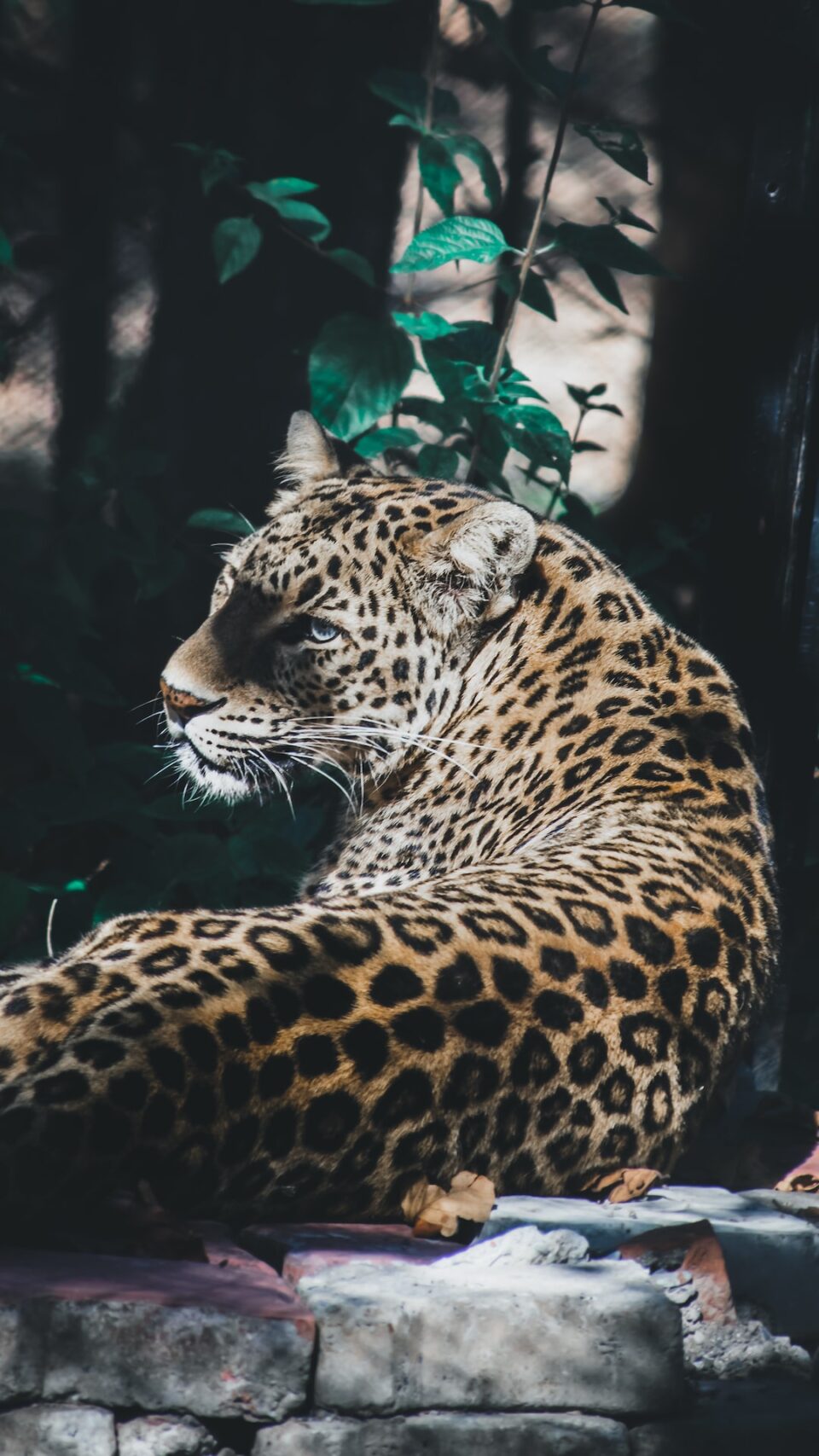Survival Tactics: How Animals Adapt to Extreme Environments
In our diverse and ever-changing world, animals continuously face extreme environments that push their survival skills to the limit. From scorching deserts to freezing tundras, nature has forced these creatures to develop fascinating and ingenious tactics to thrive in these harsh conditions. Let’s take a closer look at some of the strategies adopted by different animal species to adapt and survive in extreme environments.
1. Desert Dwellers:
Deserts are notorious for their relentless heat and scarcity of water, posing significant challenges for animals. One astonishing adaptation can be seen in the fennec fox, which has developed large ears to help dissipate heat and regulate its body temperature. Additionally, these foxes are known to survive on very little water, obtaining most of their hydration from the food they consume.
Another extraordinary example is the camel, famously known as the “ship of the desert.” Camels have a series of remarkable adaptations, such as the ability to store water in their humps and survive for days without drinking. Their nostrils can close to prevent sand from entering their respiratory system, and they also have protective eyelashes and a third transparent eyelid to shield their eyes from the harsh desert terrain.
2. Arctic Adaptations:
In the freezing realms of the Arctic, animals face a completely different set of challenges. The polar bear, the largest predator on land, has a thick layer of insulating blubber that helps it withstand the freezing temperatures. Its black skin absorbs the sun’s rays, providing additional warmth, while its fur acts as an efficient waterproof coat.
Another iconic Arctic resident is the Arctic fox. To survive in the extreme cold, these foxes have several adaptations. Their fur changes color according to the season, from brown or gray in summer to pristine white in winter, providing them with camouflage during hunting. They also have furry paws that act as snowshoes, enabling them to walk on the snow without sinking.
3. Deep-Sea Wonders:
The depths of the ocean present a whole new level of extreme environments. Animals living in this pitch-black, high-pressure world have evolved some extraordinary strategies to survive. The anglerfish, for instance, uses a bioluminescent lure to attract prey in the darkness, compensating for the lack of light. Additionally, they have the ability to expand their mouths to capture and consume prey much larger than themselves.
Another deep-sea marvel is the vampire squid, which protects itself by deploying a unique tactic. When threatened, it can turn itself inside out, covering its body with a cloak of webbing-like skin spines. This transformation helps the squid confuse predators and enables it to make a quick escape.
These examples represent just a fraction of the many incredible adaptations that animals have developed to survive in extreme environments. It is a testament to the resilience and resourcefulness of nature in the face of adversity. From altering physical structures to adopting unique behaviors, animals continue to amaze us with their ability to overcome the most challenging environments.
Studying these survival tactics not only offers a glimpse into the intricacies of the natural world but also provides valuable insights for human innovation. If animals can adapt and thrive in such extreme conditions, then surely humans can find ways to adapt and overcome the challenges we face in our own environments.
As we strive to protect and preserve our planet, understanding these adaptations becomes vital. By appreciating and respecting the wonders of nature, we can work towards creating a world where both humans and animals can continue to thrive, even in the most extreme circumstances.

